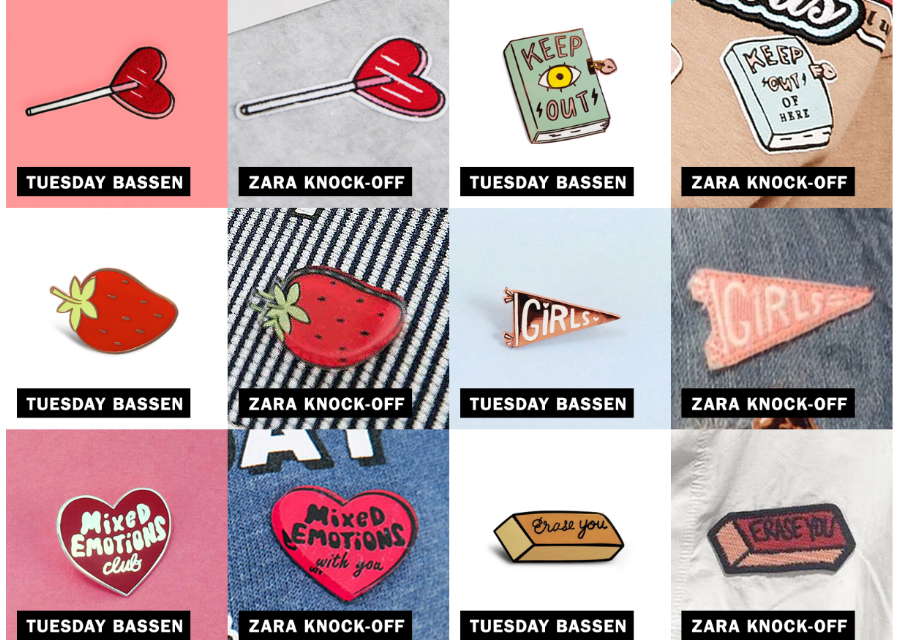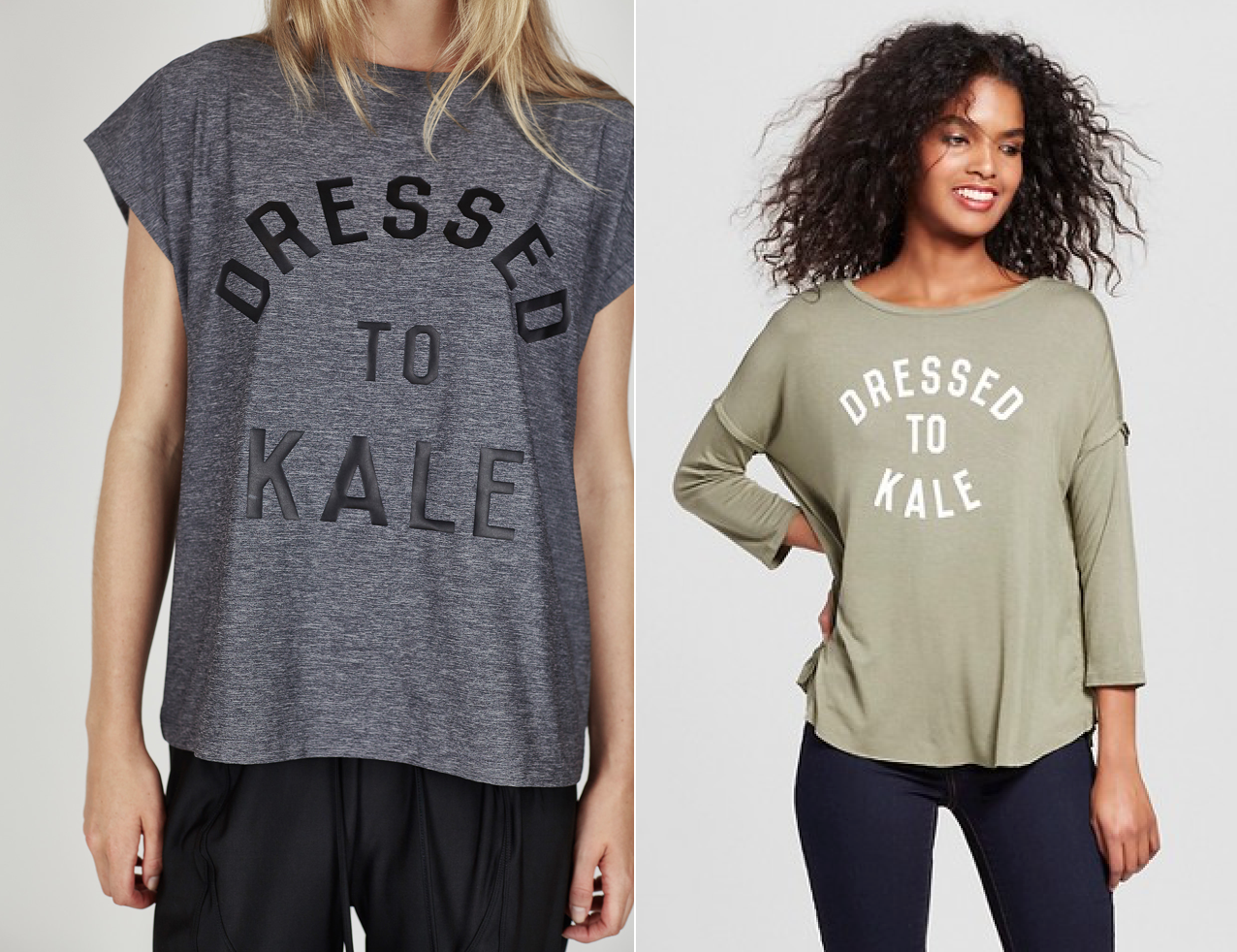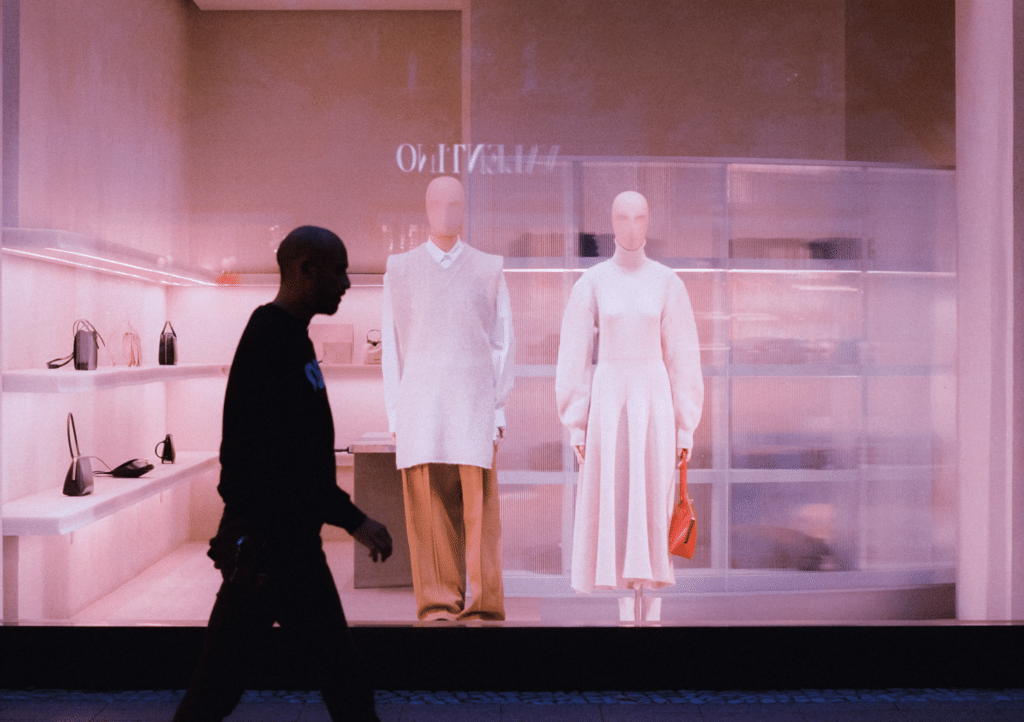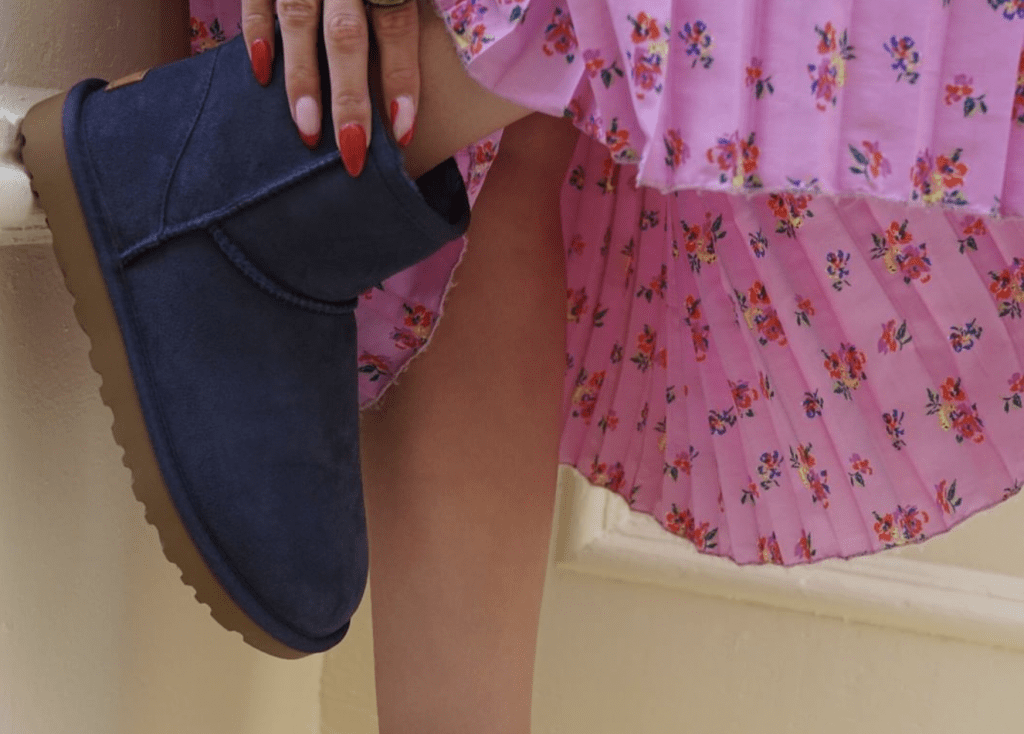
image: Shop Art Theft
Many fast fashion retailers and other mass market chains have built their businesses – or divisions of their businesses – at least in part by co-opting the original designs of others. Zara, H&M and Forever 21, some of the most well-known fast fashion retailers, frequently come under fire for recreating the garments and accessories of both major and little-known brands. Target, whose footprint encompasses far more than just apparel, has similarly been plagued by claims of copying.
Oftentimes, the focus in such instances centers on how the copycat brands react to being called out. While retailers tend to react differently, Target – whose spokesperson Jessica Carlson said that the company “has a deep appreciation for design, and it has always been our policy to respect the intellectual property rights of others” – has a pattern of removing complained-about copies from its e-commerce site in a fairly speedy manner. Such a move, however, does little to rectify the damage caused to brands by what many call “blatant knockoffs” and “cheap copies.”
But what is the impact that such copying has on the indie designers themselves?
Melissa Lay, the stay-at-home mom behind Oregon-based brand Sandi Lake Clothing, knows a thing or two about being copied by the big box retailer. Target swiped one of her original t-shirt designs in 2015, and sold it for $12.99 in its stores and online. Lay, who makes each of her shirts by hand, got the retailer to remove the copy from its website, a resolution with which she was pleased.
Speaking about the incident, she said it was a double-edged sword. Her brand saw a spike in publicity thanks to the viral social media campaign launched against Target, but “with that publicity came a whole new crew of smaller copycats and companies overseas seeing our other designs and ‘finding inspiration’ from them, as well.”

Charlie Cohen’s tee (left) & Target’s version (right)
And Lay is not alone. Since Target swiped her design, she says, “I can’t tell you how many small businesses have been affected by this. They all email me asking for help, and quite honestly, I feel like no one can help us or stand up for us the way we need.”
Her own personal tactic, “I keep building [my] brand and products, and try to be one step ahead of them and the next trends. They can copy me all they want, but I’m just going to come out with something even more rad the next month.”
Others, such as Melbourne-based artist John Campbell, have taken Target to court for its practice of copying. Campbell, who accused Target of infringing his original artwork, filed suit in an Australian Federal Court for $200,000 in damages even after Target removed the infringing goods from its website. The parties settled the matter out of court, and Campbell says he is happy with the terms of the confidential settlement. “As an artist, my artwork and intellectual property is also my livelihood, so I want to make sure I protect it from being misused,” Campbell said.
London-based Charli Cohen’s eponymous contemporary ready-to-wear is the most recent to fall victim to Target’s tactics. Cohen, 27, says her original “Dress To Kale” tee was “ripped off by Target” and only recently pulled from the retailer’s site after she launched a social media campaign. The design is still being offered in Target stores, though, according to Cohen, and she says, “between the two versions they’ve released, [they] presumably have profited significantly from our intellectual property so far.”
But there is more than just money at stake when it comes to copying, according to Cohen. The integrity of her brand has been compromised. “I can’t even begin to express the challenges of running an independent brand and starting it from nothing. It’s really hard and it takes years,” she told TFL. “The Charli Cohen brand only exists and continues to do so because we’ve been able to create something original. So, to have a massive corporation do that to us is heartbreaking.”











